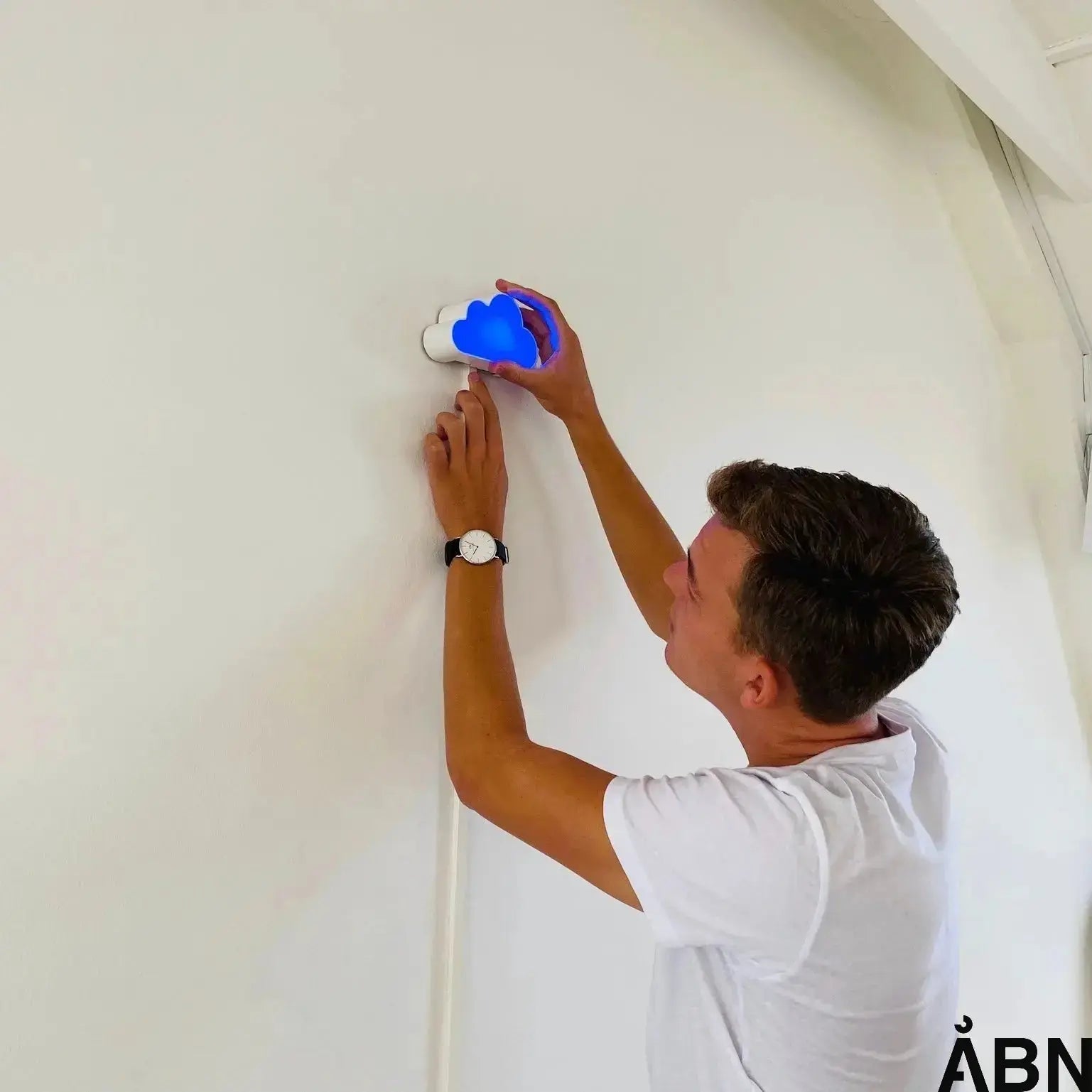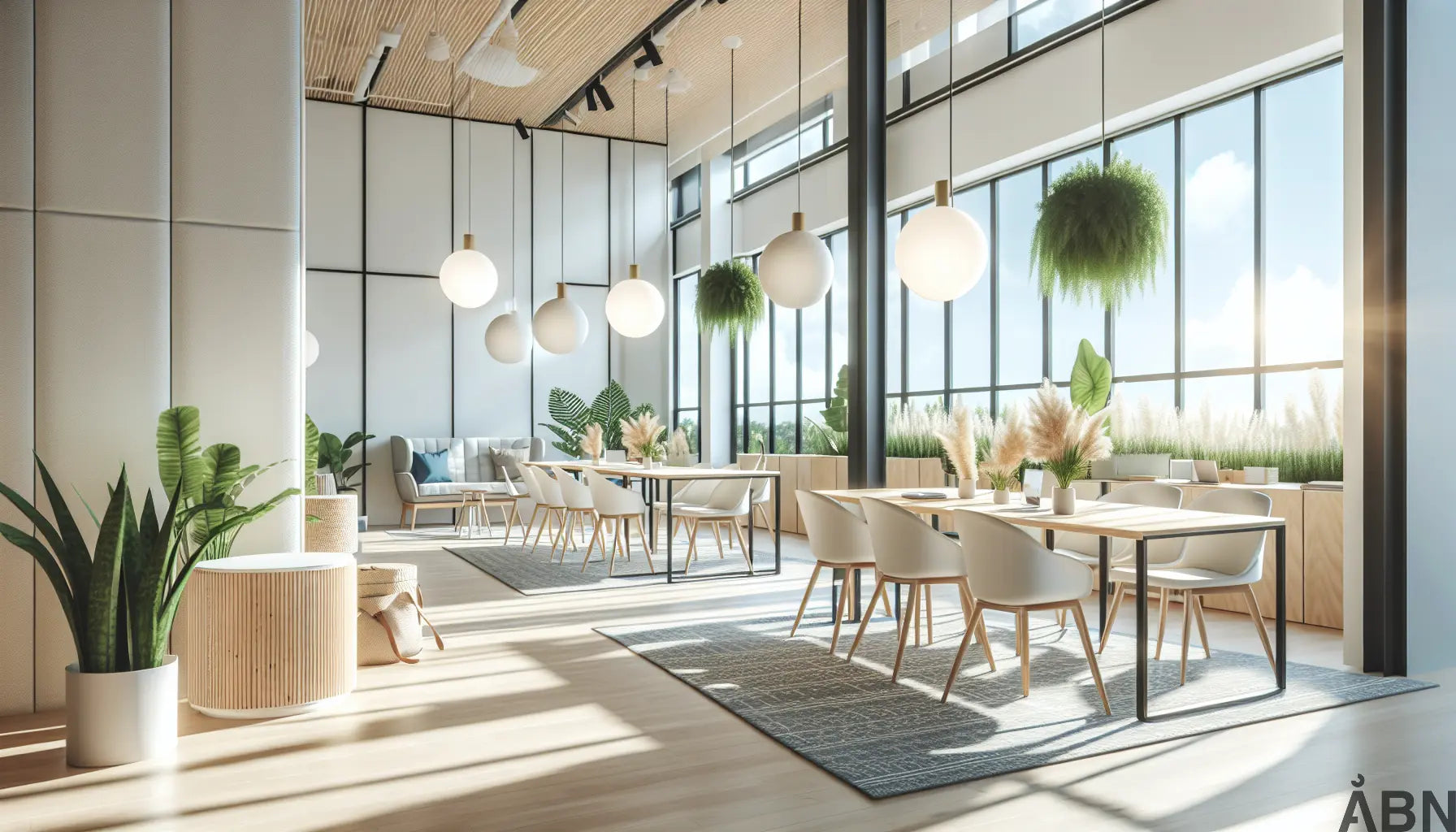Use furniture and textiles to reduce noise
Noise is a challenge in many public and private environments, and it can have negative consequences for our health and well-being. However, by using the right furniture and textiles, we can actually reduce noise levels and create a more pleasant sound environment. According to acoustics and noise reduction experts, furniture and design can play an important role in reducing noise levels in different rooms.
Why is it important to reduce noise?
According to Acoustics and Noise Reduction in Open Offices, high sound levels can negatively affect our concentration, performance and well-being. Especially in open office environments where many people are gathered, noise levels can be a challenge. It can lead to stress, headaches and even sleep problems. That is why it is important to create healthy sound environments using acoustic solutions.
How can furniture and textiles help?
According to Office Noise – How can furniture and design reduce noise levels?, the choice of furniture and textiles can have a major impact on the noise level in a room. Thick upholstered furniture and carpets can absorb sound and reduce reverberation, which reduces noise levels. In addition, textiles with sound-absorbing properties can help create a more pleasant sound environment.
How do you arrange the office to reduce noise?
According to the Guide: How to Design Your Office to Reduce Noise, there are several things you can do to reduce noise levels in an office environment. In addition to choosing the right furniture and textiles, you can also place acoustic panels on the walls, install sound-absorbing ceiling tiles, and optimize the room's layout to minimize reverberation. All of this can contribute to creating a more comfortable and productive working environment.
FAQ: Furniture against noise
How can I know if a piece of furniture has sound-absorbing properties?
According to experts in acoustics and noise reduction, furniture with thick padded surfaces and possibly built-in sound-absorbing material will have better sound-absorbing properties.
What type of textiles are best for reducing noise?
Textiles made from sound-absorbing materials such as wool, felt or acoustic fabric can be effective in reducing noise levels in a room.
How can I optimize the furnishings in a room to reduce noise?
By strategically placing furniture and creating barriers between noisy areas, you can reduce noise levels and create a more pleasant sound environment.
Contact ÅBN for advice and solutions
At ÅBN, we are experts in creating sustainable and technological solutions to improve indoor climate. If you would like to know more about how our solutions can help reduce noise levels in your premises, please feel free to contact us for advice, data or a tailored solution. Visit our website at aabn.io to get in touch with us. Together we can create better sound environments for a healthier and more productive future.









